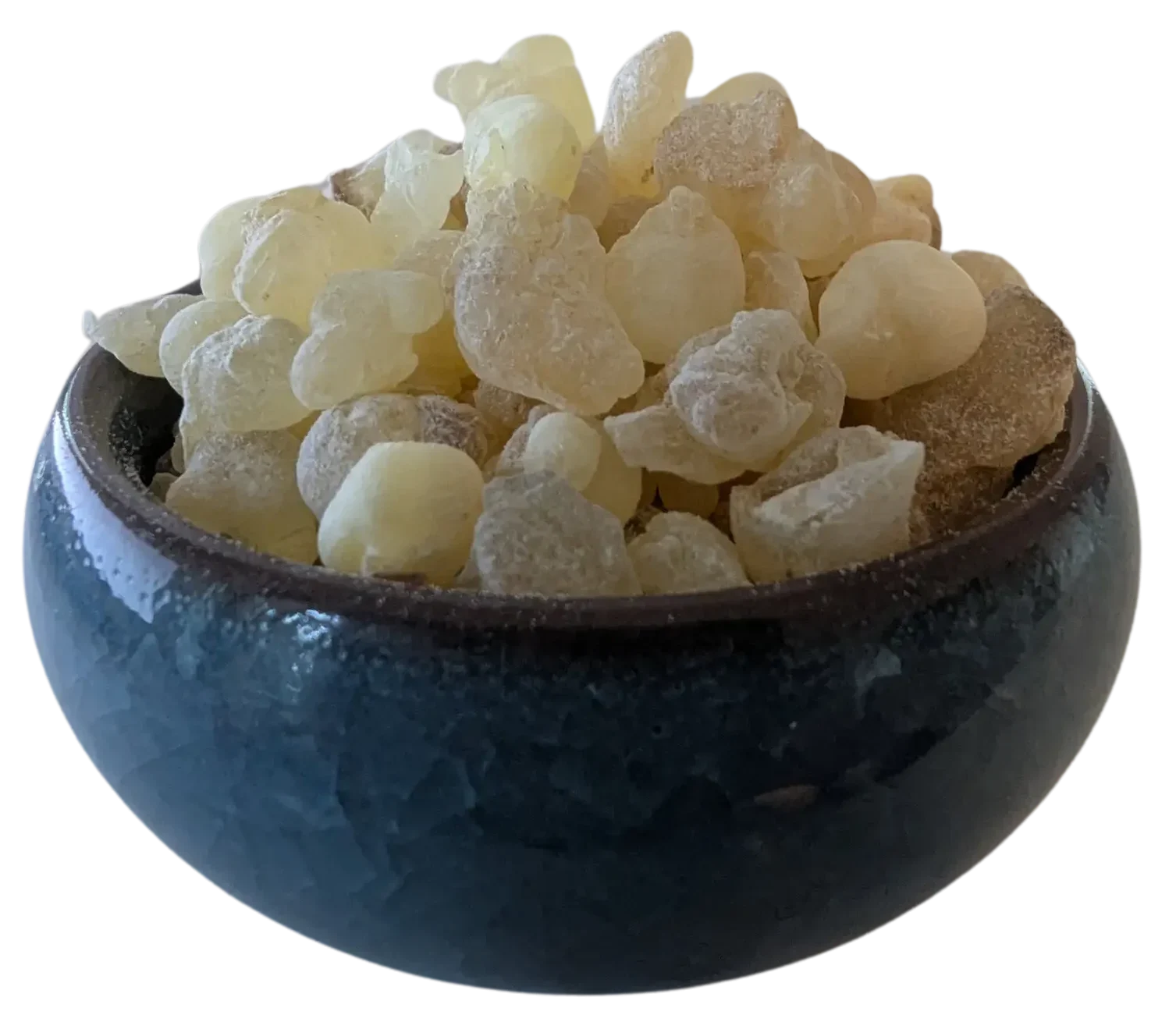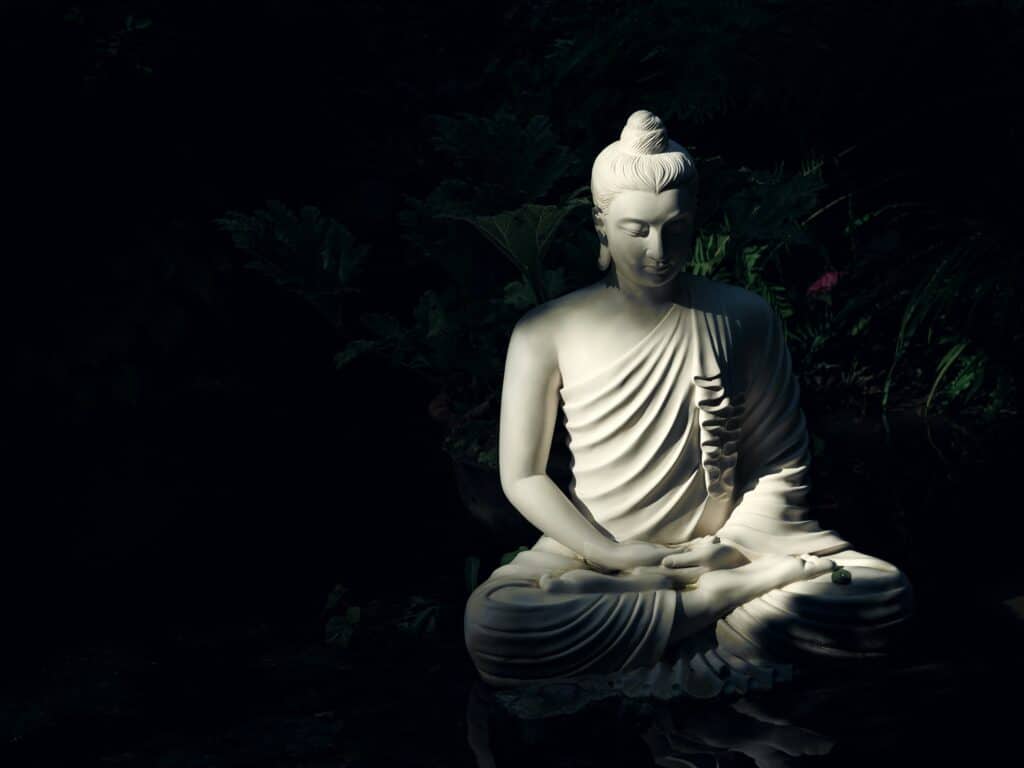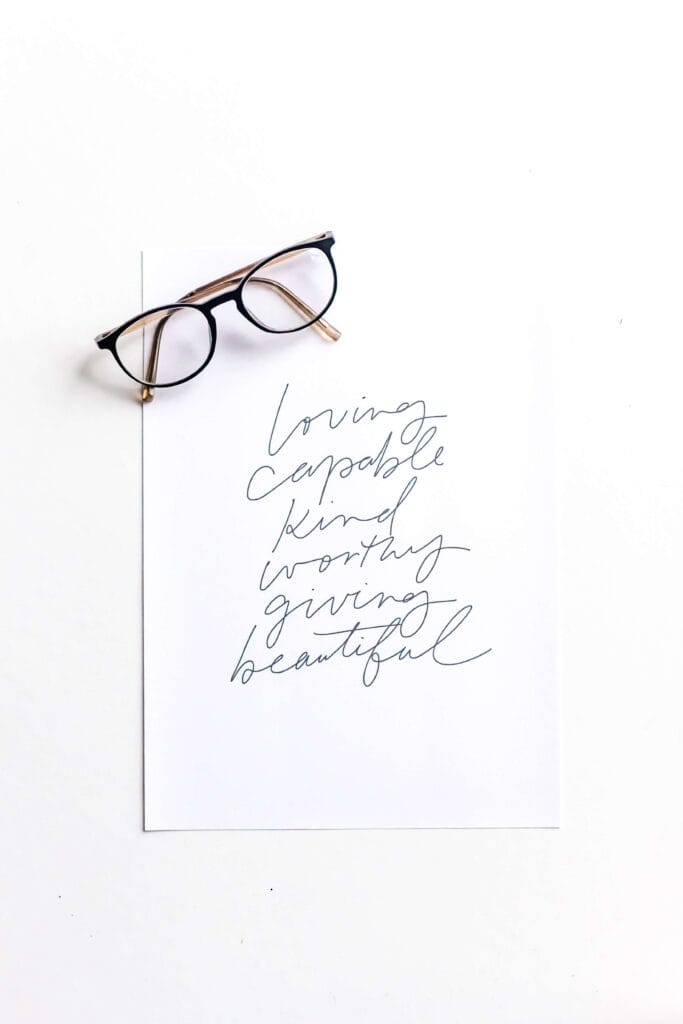What is an Urge?
In order to understand Urge Surfing, let’s break it down. I think most people will understand the term ‘surfing’ at least in the physical sense, so in the context of this topic, surfing is more of a metaphorical approach to ‘riding out’ something mentally – like ‘coasting’. Urges on the other hand is a bit broader to be sure what we are talking about here is the Cambridge Dictionary definition:
URGE: “a strong desire, especially
Cambridge Dictionary Online
one that is difficult or impossible
to control.”
Why can Urges be bad for us?
So, now we know what an urge is, how can they be detrimental? After all, an urge to drink water, when you are dehydrated is not bad, but actually a healthy reaction to you body trying to maintain balance. That said, a much better approach may be to just drink water habitually in order not to stress the body in the first place. An inability to control urges more broadly is linked to and can exacerbate addictive personality traits and lead to unhealthy compulsive habits. Examples could include the urge to smoke a cigarette, or to have something sweet to eat. It could be the urge to have an alcoholic drink, or have one too many, or to gamble.
Urge Surfing
Urge Surfing is a strategy, linked to mindfulness that supports a person to ‘observe’ and ‘experience’ an urge, whilst not feeling the necessity to participate in the action. The practice is essentially a mindfulness meditation technique, but the phrase itself was coined by Psychologist Dr. Alan Marlatt who created the metaphor to support in his work around addiction.

How to ride the waves
Much like actual surfing, Urge Surfing is a skill and it requires lots of practice. Before practicing the surf part, you need to understand your urges. You may need to do some exploration around when and how your particular urges emerge and understand the triggers that can set you off.
Much like real surfing, knowing the sea, and how the weather can affect the roughness of the waves, will go a long way to making the surfing process smoother. Take some time to log your urges, the times they occur, any context, your mood, triggers and shine a light of awareness onto them regularly so they are no longer hidden in the shadows of your subconscious.
Using a habit tracker can be a great place to start.
Basic Urge Surfing Steps
- Step 1: Noticing the Urge arise, and note any of the obvious feelings; itchiness, irritability, unsettlement, sense that something is wrong
- Step 2: Begin to breath deeply – for a basic technique, check out this exercise from the Get Started page.
- Step 3: Maintain a conscious awareness on the feelings, thoughts, and sensations that arise. Not trying to change anything, but just observing.
- Step 4: Repeat the above until the urge diminishes and passes naturally; this could take a minute or it could take 5, 10 or longer. Afford yourself the time, knowing that it is serving your ultimate goal.
That’s it! You keep repeating this in daily life as often as you need.
Top Tips For Success
So Urge Surfing itself is simple, but the application itself can be hard. The trick really is to not fear failure and to allow yourself the space to keep practicing. Much like other form of mindfulness meditation, you will likely find that at times you will just want to give up. However cliché it sounds, what you put in is what you get out. Remember that so long as overall you are moving forward, it does not matter if from time-to-time you slip up. Consistency is key so keep trying.
Bottom Line to Beating Those Urges
Do not be disheartened as we are all human and so urges and cravings are natural. What we want to do is recognise that we ALWAYS have choice and agency in every decision we make, no matter how hard it may feel sometimes. Urge Surfing is a technique that can help you ‘ride out’ the powerful urges to engage in the bad habits, and gives you the tools in your arsenal to make better choices to support you health, wellbeing and overall happiness.




